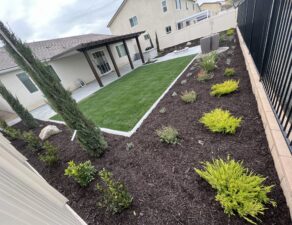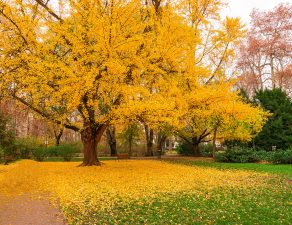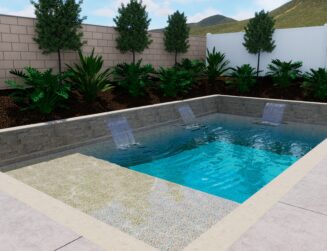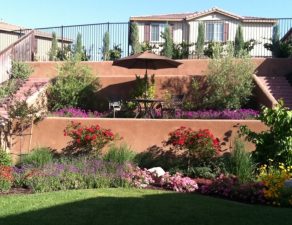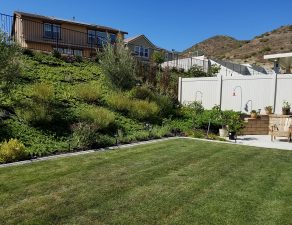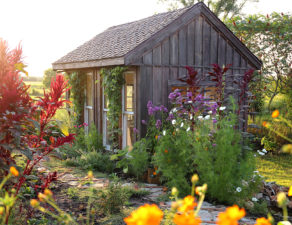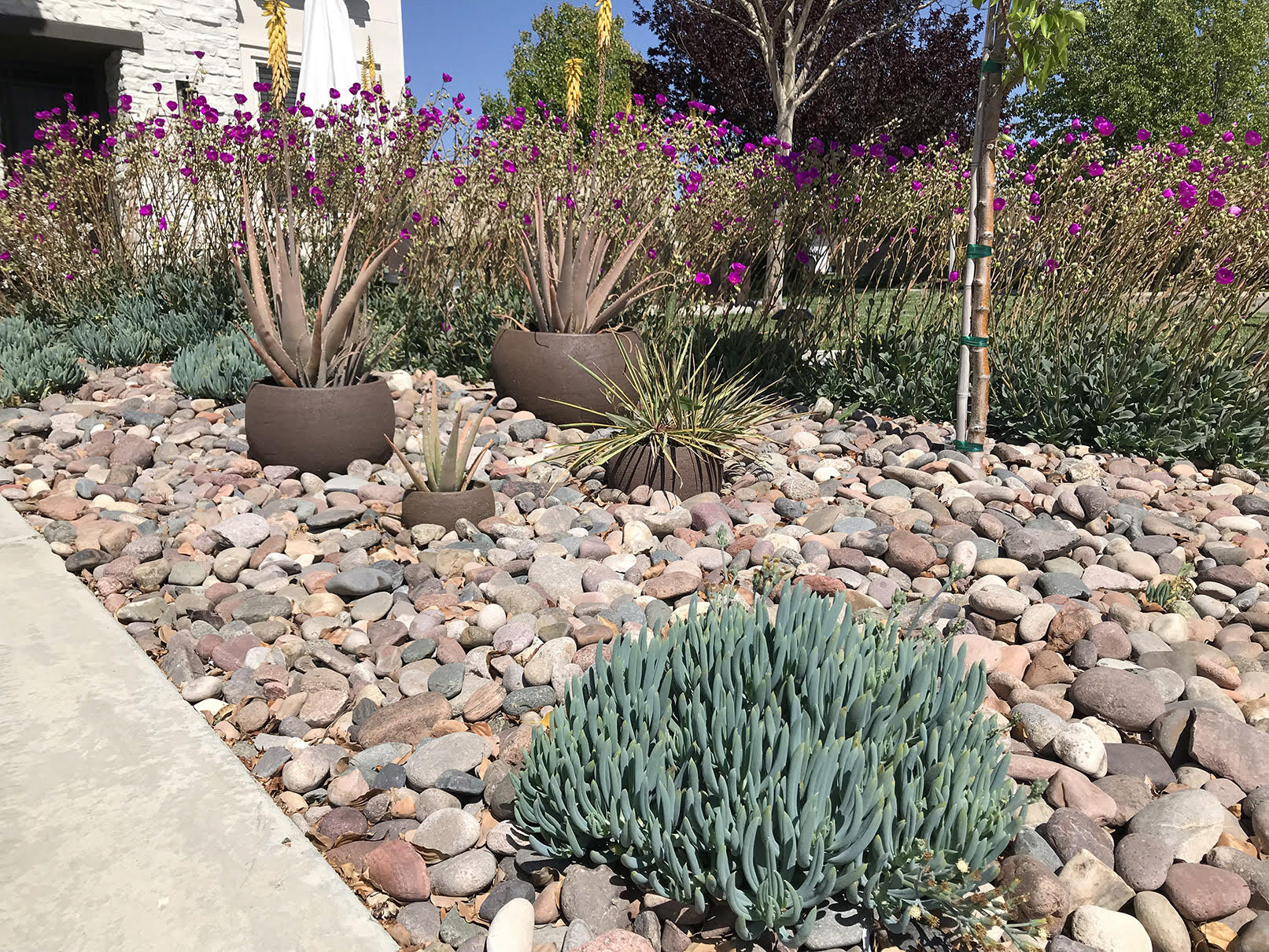
As water conservation becomes increasingly important, many homeowners are turning to drought-tolerant landscaping to save water and reduce their bills. Creating a yard that uses less water doesn’t mean sacrificing beauty. In fact, with the right approach, a drought-tolerant yard can be lush, colorful, and low-maintenance.
1. Choose Native Plants
One of the most effective ways to reduce water usage is by selecting native plants. These plants are naturally adapted to your region’s climate and typically require less water to thrive. Look for drought-tolerant options such as succulents, lavender, or ornamental grasses that can withstand dry conditions.
2. Group Plants with Similar Water Needs
Incorporate the concept of “hydrozoning” into your landscaping design. Group plants with similar water needs together, so you’re not overwatering low-water plants to satisfy the needs of those that require more hydration if you aren’t utilizing a drip system.
3. Install a Drip Irrigation System
Instead of using sprinklers, consider installing a drip irrigation system. These systems deliver water directly to the roots of your plants, reducing evaporation and runoff. This targeted watering approach is more efficient and can significantly lower your water bill.
4. Use Mulch
Mulch is a powerful tool in drought-tolerant landscaping. By applying a thick layer of organic mulch around your plants, you can help retain moisture, reduce evaporation, and prevent weed growth. Mulch also adds nutrients to the soil as it decomposes.
5. Replace Grass with Hardscaping
Traditional grass lawns are notorious for consuming large amounts of water. Replacing some or all of your lawn with hardscaping—such as gravel, stone pathways, or drought-resistant ground covers—can drastically reduce your yard’s water consumption.
Ready to make the switch to a more eco-friendly and low-maintenance lawn? Call our landscapers in Temecula today! By making a few smart adjustments, you can create a beautiful, drought-tolerant landscape while significantly lowering your water bill.


